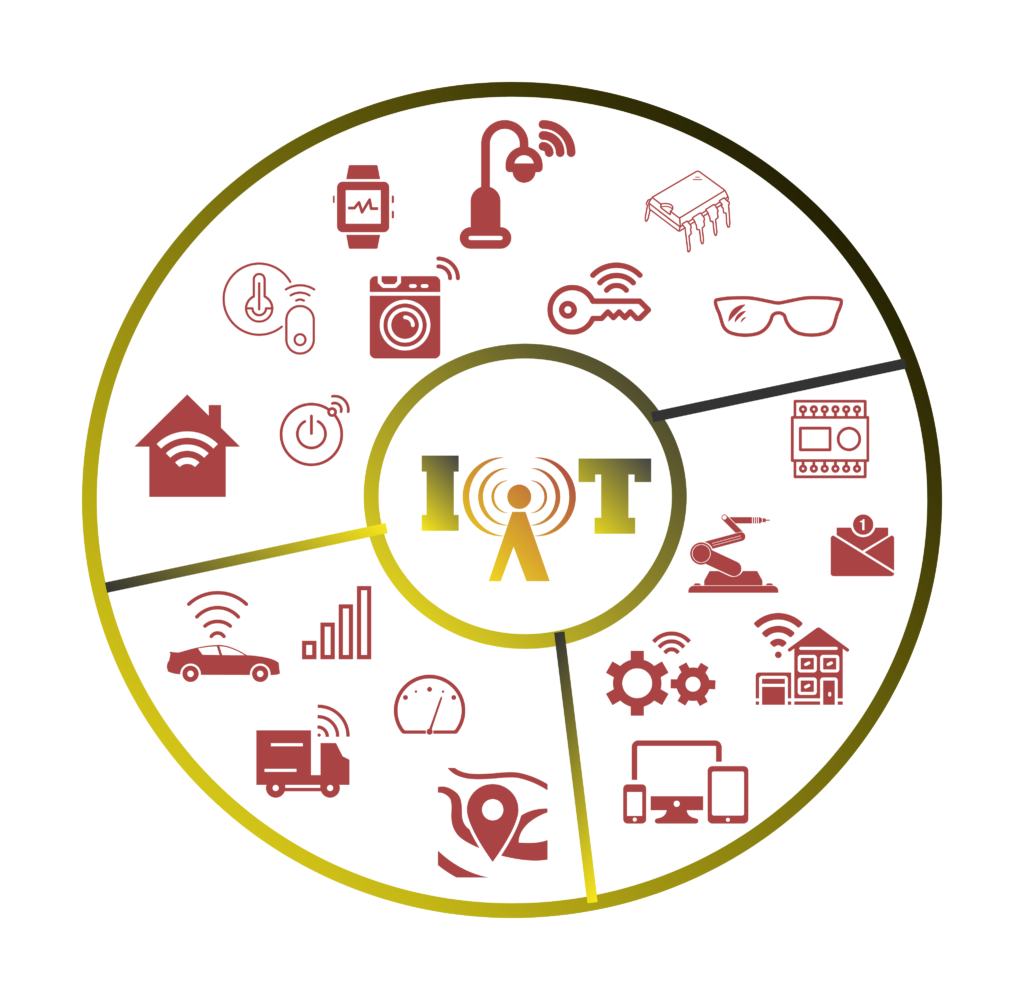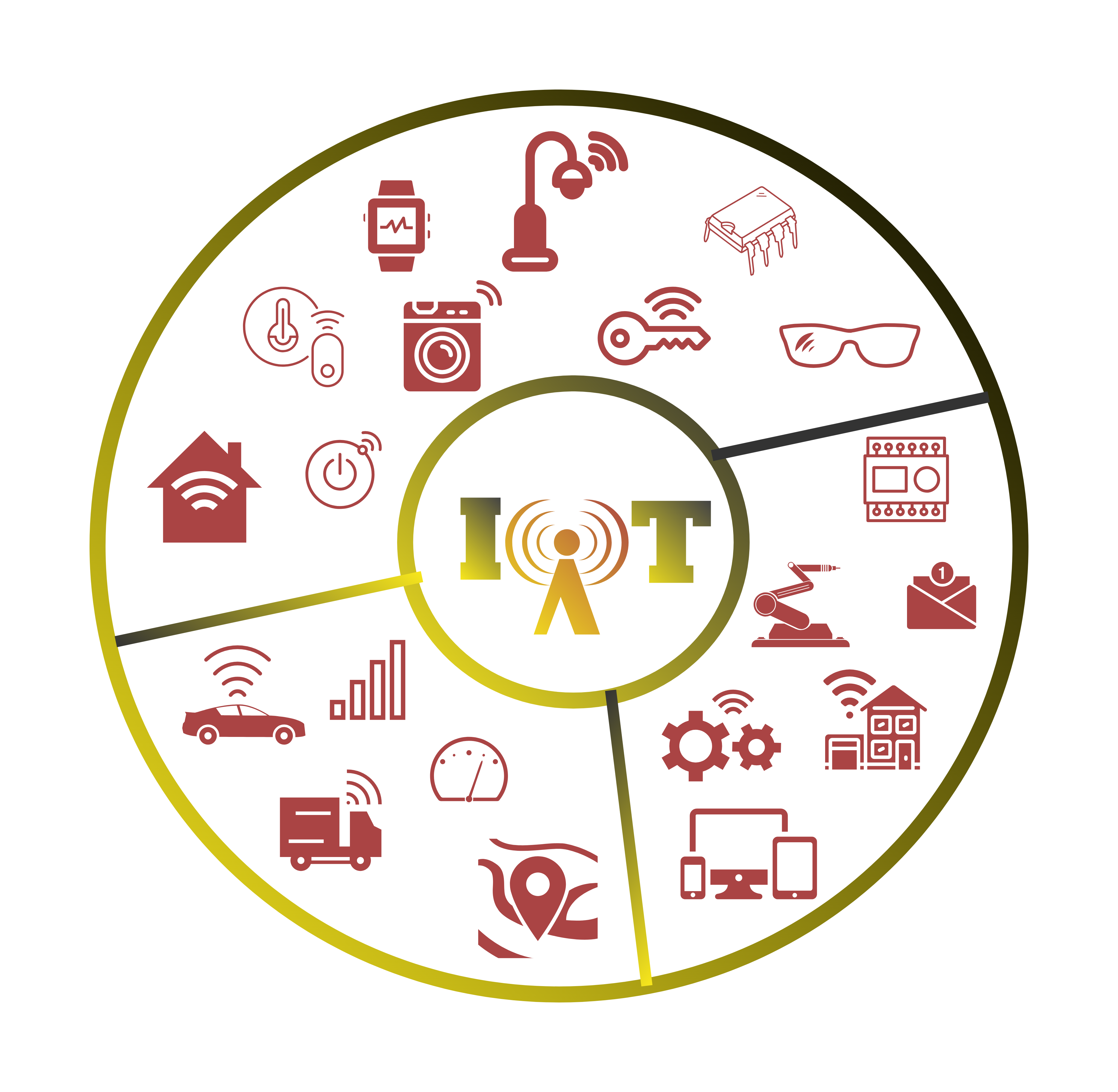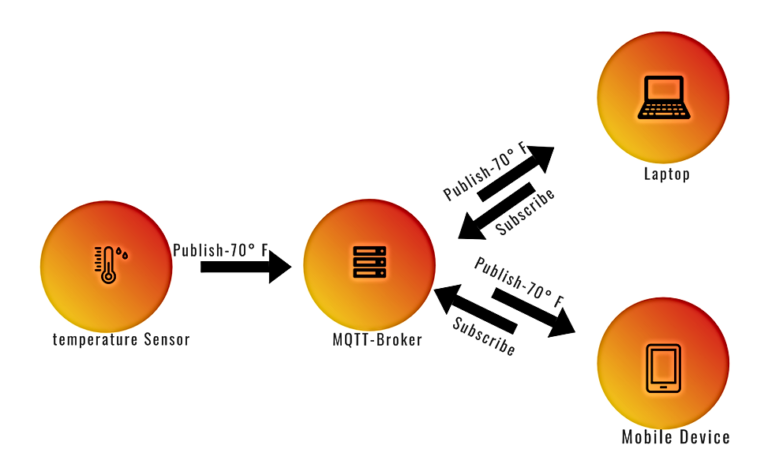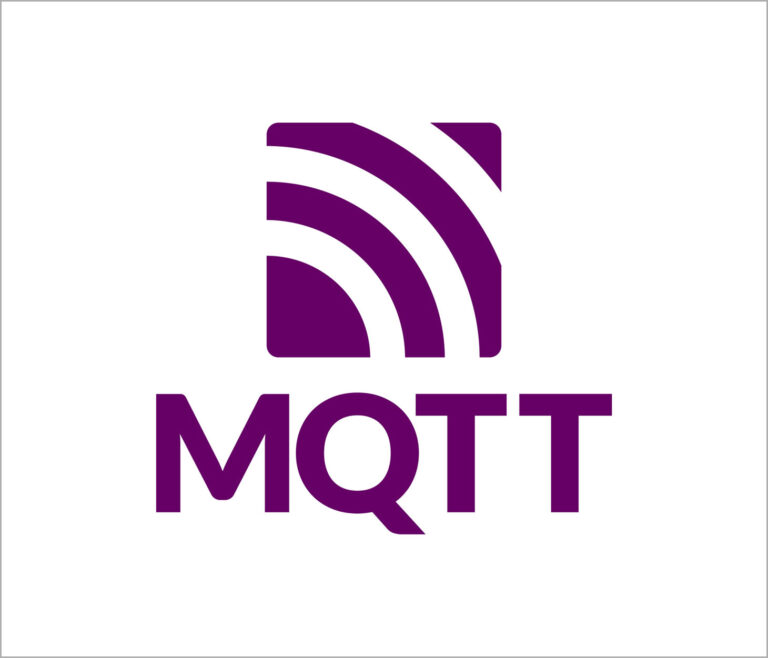This blog would explain the basic understanding of the below topics that would help a beginner better understand the IoT Devices and the Internet of things for IoT Projects.
What are IoT Devices?
What are the IoT Devices examples?
How do IoT Devices works?
IoT Device management
IoT Device connectivity
IoT Devices Security
IoT Device monitoring
4. IoT Device Trends – Conclusion
What are IoT Devices?
Before diving into the IoT Devices let’s first understand “What is the Internet of things(IoT)?”
Internet of things(IoT) in general is a network of physical devices (called sometimes-“Things”) collecting & transferring the data over the internet with minimal interventions
IoT Devices or ‘Things’ are the devices(“having minimal computing power”)connected over the networks and transmitting & receiving data from other devices. They can be remotely controlled & monitored devices helps to analyze the affecting factors.

What are the IoT Devices examples?
IoT Devices examples can be anything from a smart car to a smart sensor in our daily lives.
let’s take a few use cases.
In our daily lives, our washing machines or air conditioner are connected to the internet and remotely monitored & controlled through the internet. Thus a smart washing machine or smart air conditioner is an IoT Device.
A smart wearable connects to a mobile application and with the help of a few sensors it shows your health parameters which help you to monitor your health. Thus, the wearable is an IoT Device.
A smart car interacting with the driver with the help of mobile applications & smart sensors is called a IOT Connected Car as an IoT Device(or a Smart Sensor).
A Temperature & Humidity sensor connected to an IIoT Gateway sends data to the cloud or any other device called an IIOT Device.
How do IoT Devices work?
IoT Devices work as per the use case or the IoT applications likewise, few IoT Devices have a huge CPU, RAM, Flash & Secured IC’s & work as IIOT Gateways for huge data processing over the edge. It transfers the data from industrial machines through the legacy devices, sensors onboard, or field sensors on the edge and then sends it to the cloud for visualization or further analysis.
or
A simple LM35 Temperature sensor with a small CPU & RAM with wifi (ESP8266 by espressif) capabilities publish/subscribe Temperature reading to any of MQTT Broker or any of cloud.
IoT Devices connect to a local IP for configuration of the devices & connections for IoT Applications and connect to the internet through different secured IoT Protocols and transfer the data to the IoT Platform.
There are a few things to be taken care of for IoT Devices to work.
IoT Device management
IoT Device management is a crucial part of IoT Applications that involve IoT Device onboarding on IoT platforms. IoT Device management includes the monitoring, control, access, & maintenance of IoT Devices. IoT Devices are responsible for data transfer to the applications or the gateways so that the risk of security always be managed by the IoT Application administrator.
IoT Device management consists of the below sections.
Over the air update(OTA)
Device Provisioning
Device Authorization/Authentication
Device Configuration
Device Monitoring (Maintainance, diagnostics, control, security)
IoT Device Connectivity
IoT Device connectivity plays an important role in IoT Architecture which defines the IoT Protocol for the use cases to transfer the data from devices to IoT Platforms.
As per the use case and other factors specifies that either the device sends data to IoT Gateway & processed data locally & then share to Cloud platform for visualization only or the constrained IoT Device directly transfer data directly to the cloud platform for analyzing, processing & visualization.
It also decides the IOT Protocol for the connectivity to the IoT Gateway like MQTT Protocol, HTTP Rest, COAP, Lora, Cellular, and others. There are many connectivity options available for IoT Devices connectivity to the IoT Platforms. Likewise, for a far remote location where wifi is not available, IoT Devices use LTE/GSM-based gateways for connecting to the IoT Platforms. For a long-distance with large nos. of IoT Devices Lorawan technology has been used.
IoT Device connectivity consists of many sections including Data processing, Data Flow, Data Analyzing & majorly the IoT Device monitoring, and here MqttDesk MQTT Client would play an important role in monitoring the connected IOT Devices.
IoT Device monitoring
IoT Device monitoring section of an IoT Application is that where the user would see the real-time or historical data of the connected IOT Devices which includes the dashboards with widgets charts, switches, maps, tables & other widgets used in dashboards.
IoT Device's security
IoT devices are vulnerable to cyber-attacks and a hacker would easily attack your IoT Application if it is not secured.
Security threats can be in any form like communication, software bugs & physical vulnerabilities where attackers can steal the data from IoT devices to the user or create some kind of Electromagnetic noises for the silicon on IoT Gateways or any software bugs to steal the data. To secure out IoT Devices one must take safety measures like strong passwords, extra layers of authentications/authorization, identity management, encryptions & cryptography services.
IoT Device Trends
More than 7 billion IoT Devices are installed globally for different verticals whether it is Consumer, Home automation & or industrial verticals, expectation is to increase them to grow to 22billions by 2025. With Smart cars, Smart machines & smart AI-based robotics adding up the IoT Devices to our daily life and work-life too.
Overall Internet of things(IoT) is part of our life now & we are moving towards a connected world with a lot of IoT Devices.



